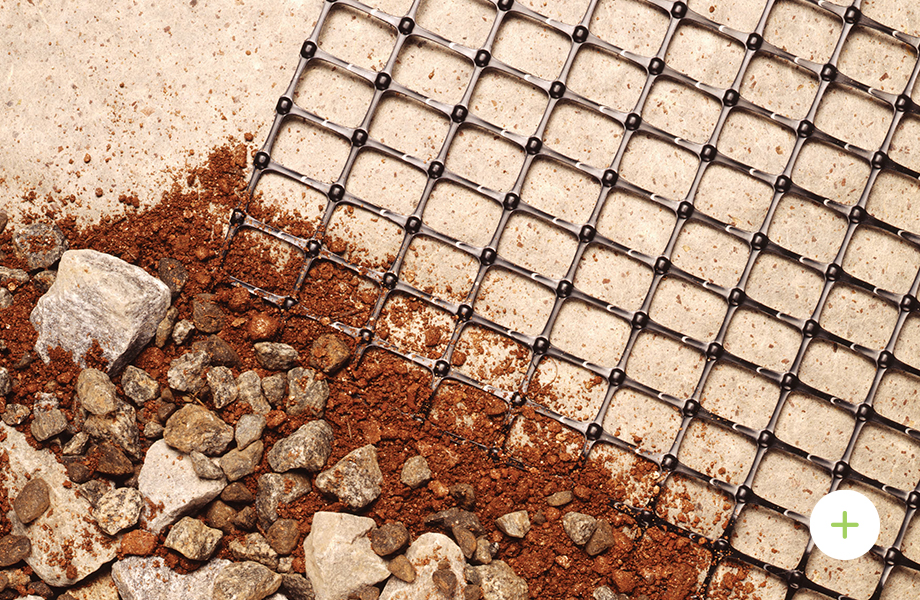
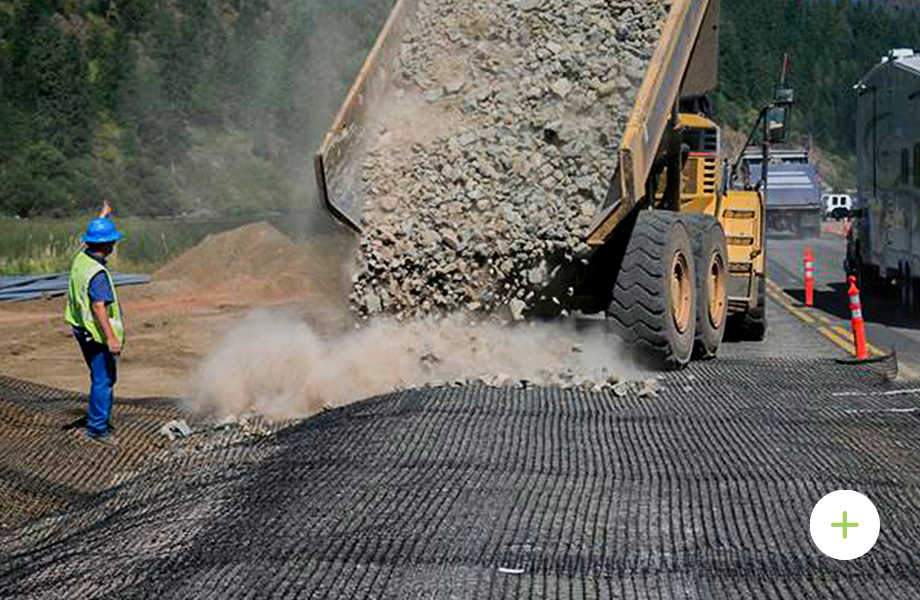
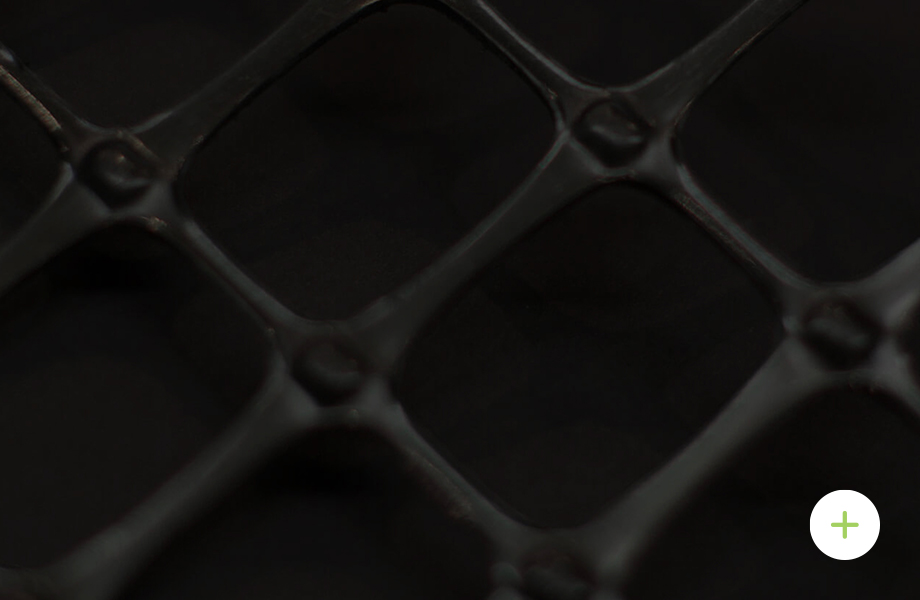
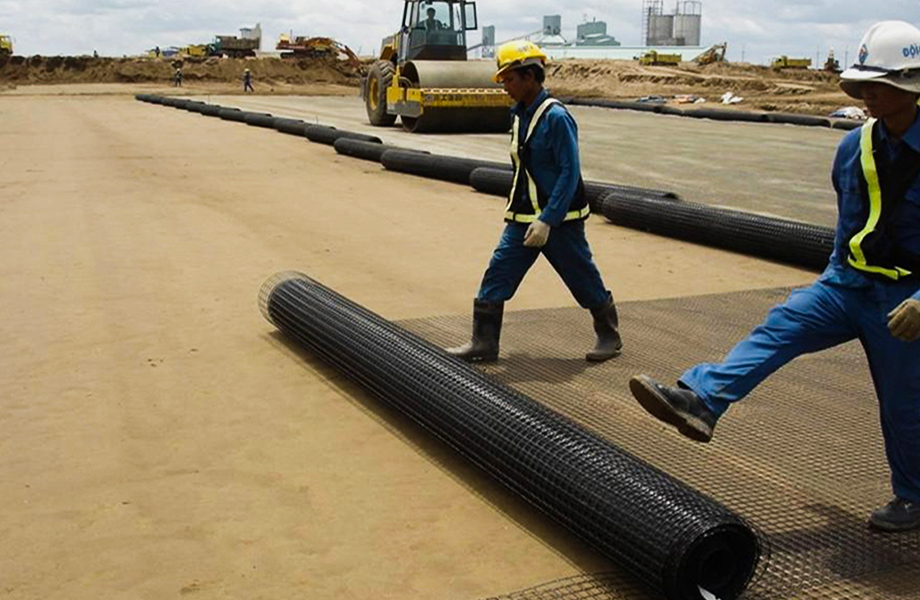
Biaxial (BX) geogrids are stretched in two directions, the longitudinal and transverse, equally distributing stress along both directions. Biaxial geogrids have the ability to distribute loads over a wider area than usual while increasing its capacity in base stabilization applications. Biaxial geogrids are best for applications such as foundations for roadbeds, railroad truck beds, permanent unpaved roads, airport runways, construction haul roads, working platforms on weak subgrades, and parking lots.
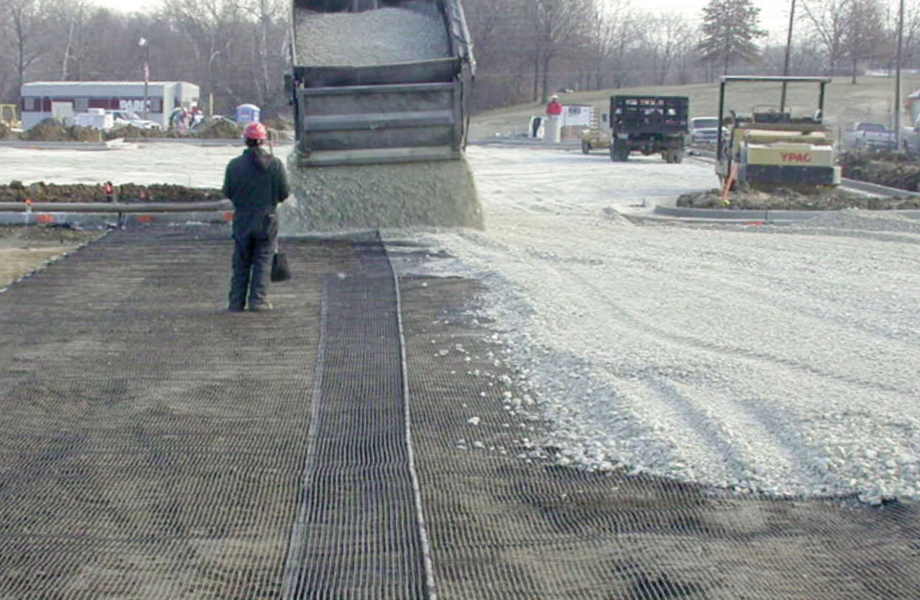
Biaxial geogrids save time and money by simplifying the construction process, reducing the need for sub-excavation and reducing aggregate fill thickness. Opposed to traditional techniques such as chemically treating a subgrade or using a large amount of aggregate to achieve a stable site, Biaxial geogrids are an economical alternative to achieving long term performance, while minimizing the cost impact of the overall project.